-
Tel : +86(0)755 21013852
-
Email : info@zjiotech.com
Tel : +86(0)755 21013852
Email : info@zjiotech.com
North American Retail Industry & RFID
RFID adoption rate
RFID application has a long history in the retail field. As early as 2012, RFID appeared in the retail field. The epidemic has accelerated the adoption of RFID in the retail industry, and RFID also plays a central role in fulfilling online orders in stores.
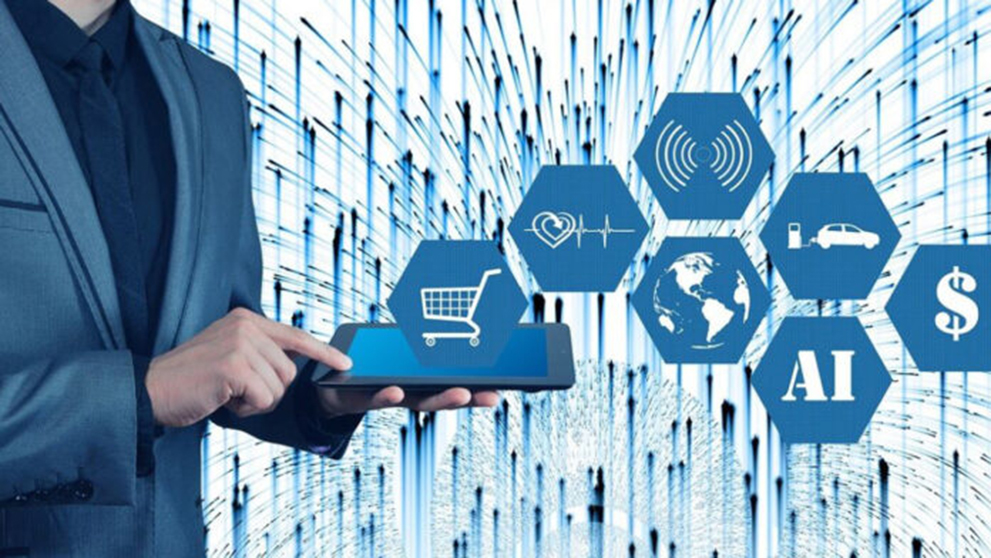
For a long time, inventory accuracy has been a challenge for retailers. According to a report released by IHL Group in 2020, global inventory inaccuracy is a $1.8 trillion problem, equivalent to 10.3% of same-store sales in the retail and hospitality industries. Or in other words, more than Canada’s annual GDP.
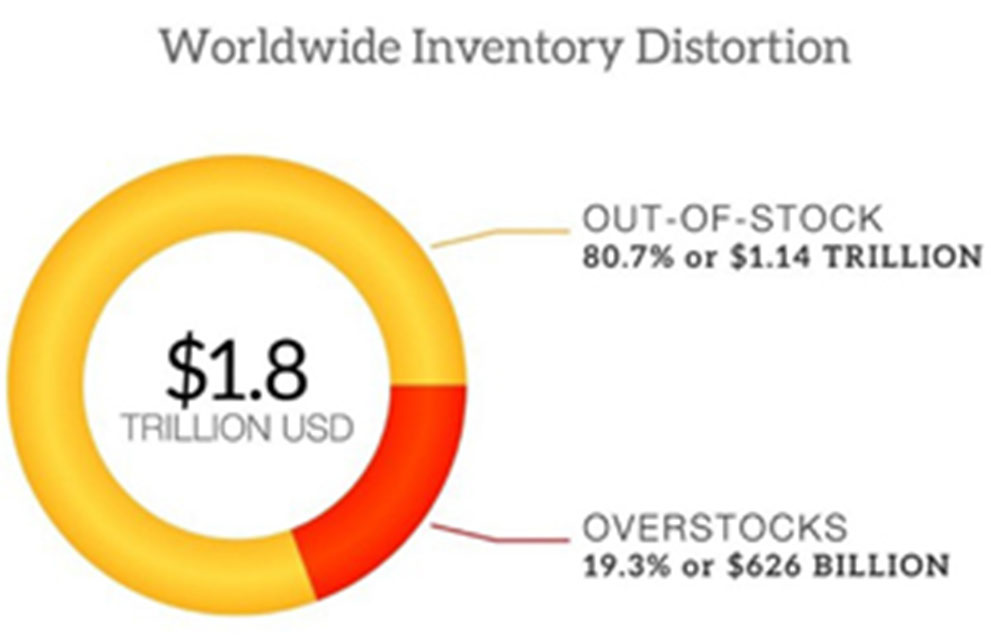
RFID is one of three very important technologies to solve the problem of inventory accuracy. The apparel industry was the first to adopt RFID technology for inventory management, and other retail industries quickly suit.
According to reports, the North American retail industry's RFID adoption rate has reached 93%, and North American retailers also indicated that they use RFID at all stages of deployment. An optimistic trend is that other markets around the world are also accelerating the deployment of RFID. From the perspective of the overall adoption rate of RFID, since 2018, RFID applications in North America, Europe and the Asia-Pacific region have all seen substantial growth, not just pilots or implementations.

More adaptable retailers have also developed new applications of RFID, such as simplifying omnichannel products such as BOPIS (online purchase, in-store pickup), and improving supply chain visibility and self-checkout. In the past two years alone, the omni-channel options offered by retailers have increased significantly. 66% of RFID users and pilot projects provide five or more services, such as BOPIS, delivery from store, delivery to store, in-store reservation, Mobile app purchase and home delivery.
Retail RFID is drving future trends
One of the challenges facing the RFID application trend is that it lacks the "killer application" that drives its growth. The most successful deployment focuses first on solving the problem of inventory visibility; now, loss prevention has also become an important application for creating smart security solutions.
The epidemic has become a cruel accelerator of the digital transformation trend that has already begun. Omni-channel, or more appropriately, the retail strategy to meet the needs of consumers in all sales channels, such as online, roadside, and physical stores, has become the primary task of survival. RFID expands the visibility of retailers to the overall inventory of goods within the enterprise, including stores and distribution centers, to meet changing consumer needs.
For those retailers who have invested in these technologies during the critical period before the epidemic, retail RFID has greatly bridged the gap between the physical world and the digital world. By marking each item with an printable or custom material HF or UHF retail RFID tag, retailers can gain item-level visibility of their operations, allowing store employees to simply find the product on a mobile device, find it on the store’s sales floor or warehouse, and then bring it to The customer, or ship it to nearby consumers who ordered online, or invite the shopper to pick up the goods on the side of the road. With so much data, RFID can make it easier for store employees to provide excellent customer service.
As the adoption and application of retail RFID grows, so does its return on investment. According to Accenture, retailers that fully adopt RFID report a return on investment of more than 10%, compared with 9.2% in 2018. In addition, when retailers "layered" applications instead of using RFID for a single application, they will see a greater return on investment. Retailers who use RFID to achieve five or more omni-channel shopping experiences have a 20% higher return on investment than retailers who use only four or fewer applications.
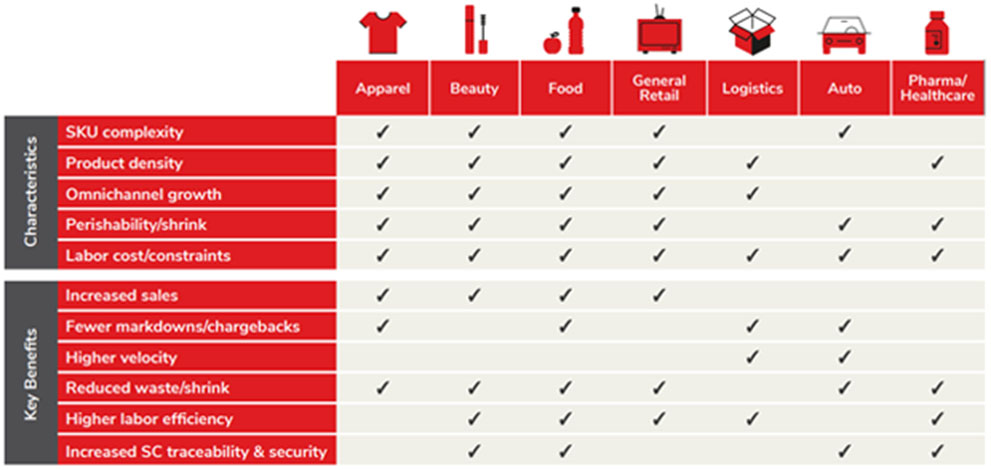
Using retail RFID to improve inventory visibility
The epidemic has exacerbated the aforementioned $1.8 trillion inventory challenge. Lockdown measures, inventory errors and store closures pose severe challenges to inventory management. It is estimated that the COVID-19 inventory disorder has caused approximately $570 billion in lost revenue.
Not just the retail industry, more industries have begun to realize that accurate inventory visibility is essential for short-term and long-term benefits. Inventory visibility allows companies to avoid embarrassing situations such as delivery delays and out-of-stocks, while providing them with valuable information about consumer buying patterns in order to better predict future sales trends and for marketing, product development, and store layout Make data-driven decisions.
Although COVID-19 has aggravated the challenges that retailers already face, it has also prompted retailers to adopt RFID on a larger scale. According to Accenture's research, 46% of respondents have begun to pay attention to RFID in recent months, while another 24% said they are currently considering adding RFID to their operations. In addition, 87% of respondents said that RFID enables them to improve their omni-channel shopping experience during the epidemic.
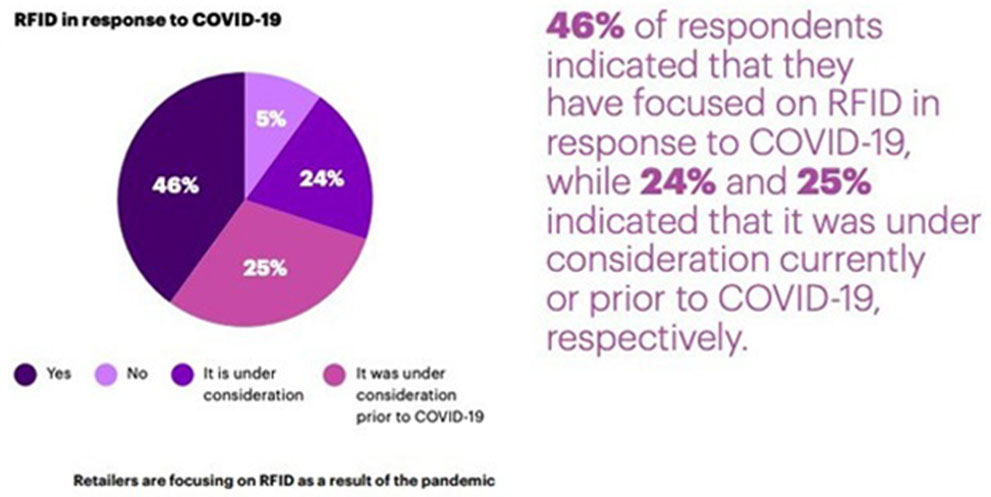
McKinsey’s research confirms that retailers have benefited the most from inventory tracking so far. With the help of RFID, retailers can realize automatic inventory counting in real time, thereby obtaining more accurate product location information, improved inventory information and out-of-stock information. In fact, due to the focus on item-level labeling and item-level inventory visibility, starting with inventory management has laid a solid foundation for the application of RFID in other fields.
The McKinsey report also shows that sportswear retailer Lululemon Athletica is one of the most successful applications of RFID in inventory management, and it uses product location information flexibly in its omni-channel model. By using RFID tags in its nearly 500 stores, the retailer’s inventory accuracy rate reached 98%. During the epidemic, lululemon used these data to manage their store inventory levels to meet changes in consumer demand.
RFID is simplifying store operations
The application of RFID in store operations is also increasing. Although these applications are not as mature as inventory management applications, RFID enables retailers to optimize store operations across the enterprise, from asset protection automation to efficient and accurate self-checkout.
Inventory tracking is the entry point for expanding operations and improving applications. For example, retailers can also transition to an RFID-based self-checkout system with the help of RFID tags equipped with most or all of their products. Retailers can use retail RFID readers to "scan" all goods at once, and even use RFID security tags within a few seconds, without requiring customers to scan each item they want to buy one by one. This feature will reduce or possibly eliminate the situation of queuing for checkout, while also solving any theft issues related to self-checkout.
Decathlon is a sports equipment retailer with more than 1,600 stores in more than 50 countries/regions. They mark more than 85% of their products. According to McKinsey, this has tripled labor productivity and reduced shortages. The occurrence of the goods phenomenon has increased revenue by 2.5%. The retailer is also testing an RFID-based self-checkout system in Europe. As a scan-and-go solution, shoppers can use their smartphones to scan and pay for their goods. As social distancing has become a common preventive measure during the COVID-19 epidemic, this solution that helps customers avoid close contact with shop assistants and other shoppers is becoming more and more popular.
Improve customer experience
Retail RFID in the retail industry can be said to be a personalized customer experience. Although the most valuable applications of RFID in the retail industry today are inventory management and store operations, there are many possibilities for retailers. Retailers can use their retail RFID system to attract customers seeking a personalized shopping experience, rather than restricting RFID capabilities behind the scenes.
Some clothing retailers have begun to use RFID to create "smart" fitting rooms, where shoppers can obtain information about other sizes and colors of goods, and receive personalized recommendations for other products to complete the trial. Chanel worked with Farfetch to use RFID-enabled fitting rooms to show shoppers new styles and product details without leaving the fitting room. Retailers can also use RFID to collect valuable customer data, such as how many items the customer tried on and the conversion rate and abandonment rate associated with that item.
In the future, more and more loss prevention solutions may appear in retail RFID. These solutions will provide intelligent automation solutions through the Internet of Things to increase effectiveness and reduce losses.As professional IoT application provider , Shenzhen ZhiJie IOT Application Co.Ltd with more 11 years experience in different kinds of rfid products ,such as tiny printed retail jewelry rfid labels , uhf rfid reader ,printable clothing RFID tags with cutom shape and size , ABS assets management tags , Rfid warehouse management tags , logistic rfid tags ,etc . All can help us more and more convenient and prove our work efficiency
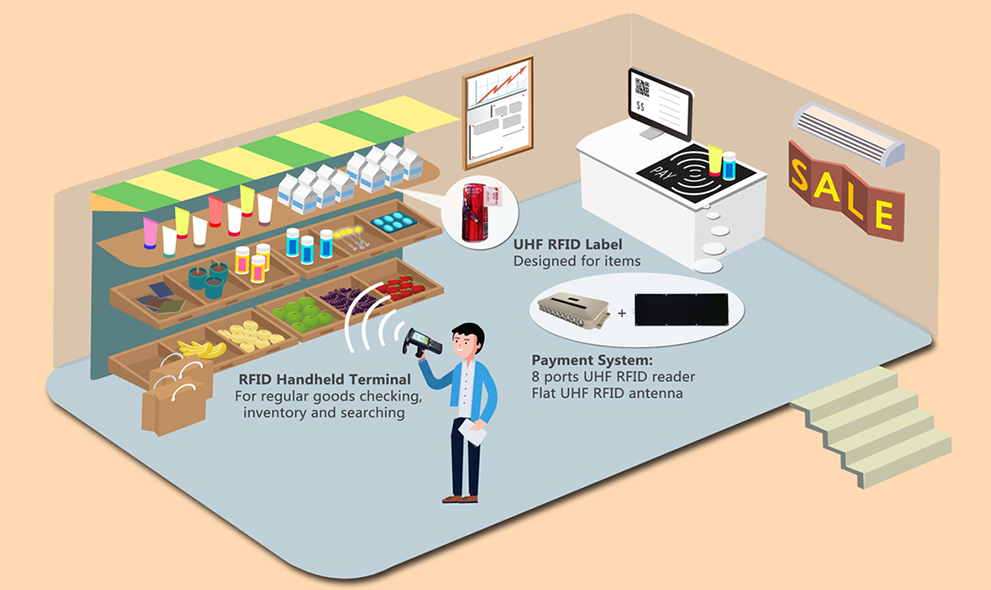
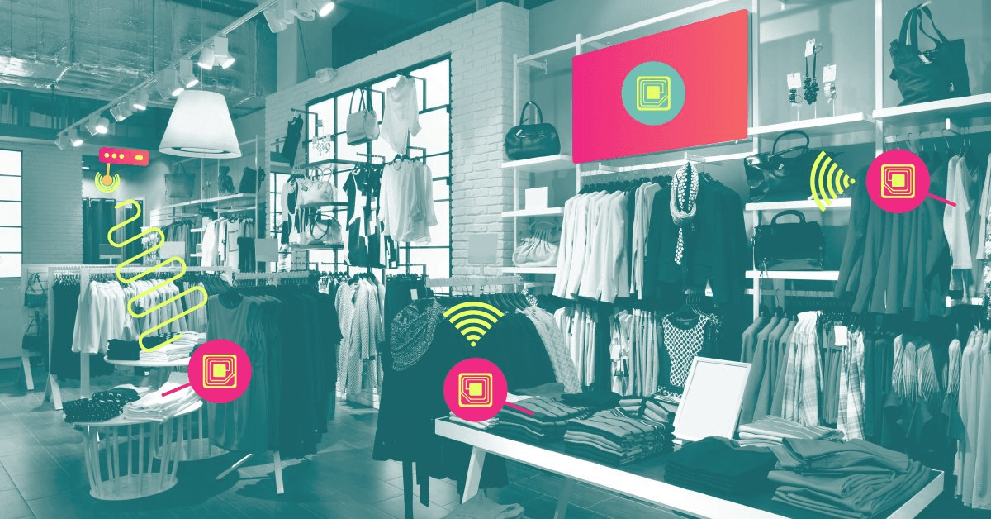
Without a method supported by a highly organized and professional senior management staff, deploying RFID may be very challenging. According to Accenture: “Of the retailers we surveyed, 25% of the retailers took more than a year to pilot. Now is an important time to consider flexible methods that can quickly fail, test and learn, and then adjust accordingly. Like most new technologies, RFID is not easy to apply because it requires changes in store processes and employees need to learn a lot, but most retailers believe that the benefits far outweigh the challenges."
Statement: Pictures above only show the product ,the intellectual property rights of the logo owned by their trademark